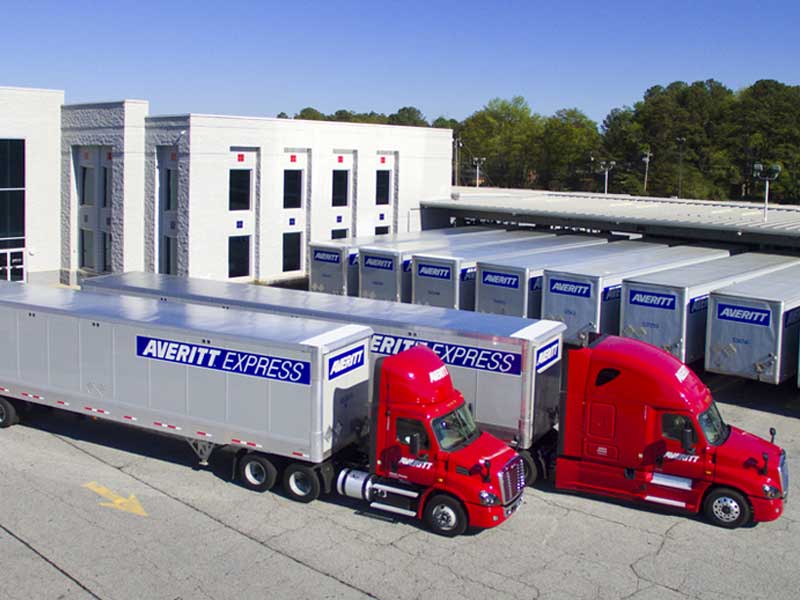4 min read
How to Calculate Freight Density for Proper Classification
With the upcoming National Motor Freight Classification (NMFC) LTL classification changes placing even more emphasis on...

Pool distribution is a supply chain strategy that combines smaller shipments into one larger shipment for longhaul transportation.
This strategy begins by consolidating multiple less-than-truckload shipments at a central location. After consolidation, the freight is shipped via truckload across a long distance.
Once the freight arrives to an area where there are multiple delivery points, the shipments are deconsolidated for final LTL delivery.

The primary benefit of pool distribution is the fact that it can reduce a shipper's overall transportation costs.
By using fewer trucks to move multiple shipments across a long distance, the amount of mileage and fuel used are reduced. This is by far where the primary savings occur.
At the same time, keeping freight consolidated as long as possible reduces the chance of delays, lost shipments, and damages that could occur from having multiple touch points within the supply chain.

Pool distribution consolidation points are not limited to specific locations. Freight can be consolidated near a shipper's factory or distribution center.
International shippers that move freight inland may benefit from combining their shipments near a sea port or border crossing, such as Laredo.
Consolidated freight may be transported by rail, also known as intermodal service, which can result in even greater savings.

Pool distribution can be a viable solution for shippers that move multiple bills across long distances. At the same time, there are many factors to consider when adopting this strategy.
The volume of outgoing shipments, overall distance, and area of final distribution are key factors to consider.
If you want to learn more about pool distribution, your Averitt representative can guide you through the potential benefits and challenges so that you can make the best decision. If you do not currently have an account with Averitt, you can contact our team by using the form below!


Browse recent articles from our transportation industry blog, Point to Point, including timely information about current industry trends and tips for ensuring that your freight gets from origin to destination safely and securely.
With the upcoming National Motor Freight Classification (NMFC) LTL classification changes placing even more emphasis on...
The call to innovate is louder than ever. With every new supply chain disruption—global unrest, port congestion, labor...
A major distributor within the beer and beverages industry with operations across Texas and neighboring states,...